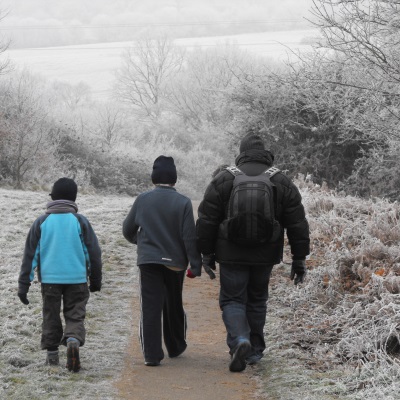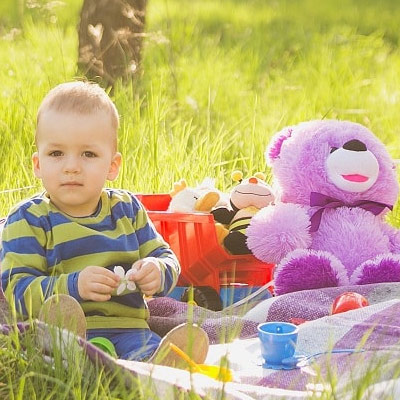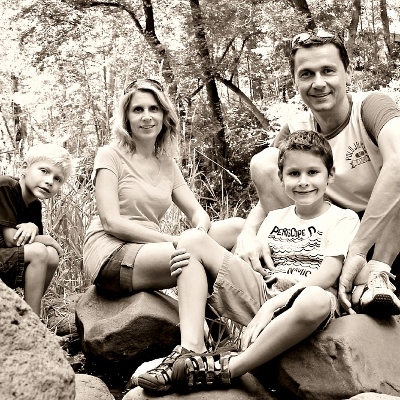 For a tween, the world is a wonderful place. There are plenty of chances for adventure, from exploring a new middle school to mastering a difficult skill; however, the world can also be a dangerous place. Parents realize that this dichotomy exists, yet they may wonder, how does one keep a tween safe, while not making him or her afraid of tackling new experiences?
For a tween, the world is a wonderful place. There are plenty of chances for adventure, from exploring a new middle school to mastering a difficult skill; however, the world can also be a dangerous place. Parents realize that this dichotomy exists, yet they may wonder, how does one keep a tween safe, while not making him or her afraid of tackling new experiences?
Model Safe Behavior
One way is to make safety a part of a child’s life. An easy way to do this: model safe behavior. If mom wears a helmet every time she takes her child on a bike ride, or if dad always buckles up in the car, then the child will come to realize that he or she can avoid being a victim.
There are other ways to help a tween be safe. Two of them: confidence and common sense. Read on to learn more about keeping a tween safe in today’s potentially dangerous world.
Confidence and Safety
It is smart to teach a child to be self-confident, because a child who exudes confidence will be less likely to be seen as a potential target for abuse. For instance, school bullies often pick on children who act meek and mild; therefore, a confident, strong tween will most likely not be bullied.
In addition, while it isn’t pleasant to think about, tweens encounter older children and/or adults who wish to exploit them for sexual gratification. As you can surmise, a tween who acts confident will be better equipped to voice opposition to unwanted sexual advances.  Plus, they will be more likely to ask a trusted adult for help in case the need arises.
Common Sense and Safety
In addition to self-confidence, a tween needs to use his or her common sense. A child who possesses common sense will be more likely to avoid unsafe situations and activities. And, contrary to popular belief, common sense can be taught.
The definition of common sense revolves around using sound judgement when making decisions.  To encourage this skill, a parent/guardian needs to  invite a child to be curious about the world and to ask questions. Have him or her think critically about ideas and situations instead of making snap (uninformed) judgements.
Here’s an example. A child who enjoys learning about the seasons, and who has asked lots of questions about snow, freezing temperatures, and the strength of ice, will invariably avoid walking across a just frozen river, one that has not been deemed safe.
In contrast, a child who hasn’t been taught the value of sound judgement (common sense) will be more likely to venture forth onto this thin ice without thinking.
It may seem too simple, yet a child who values education will invariably be safer than a tween who does not.
Safety is Not an Accident
“Safety is not an accident,” exhibits the idea that safety doesn’t always rely on fate. Tweens must be taught by parents to be safe; therefore they will be equipped to tackle the world without being overly fearful.










